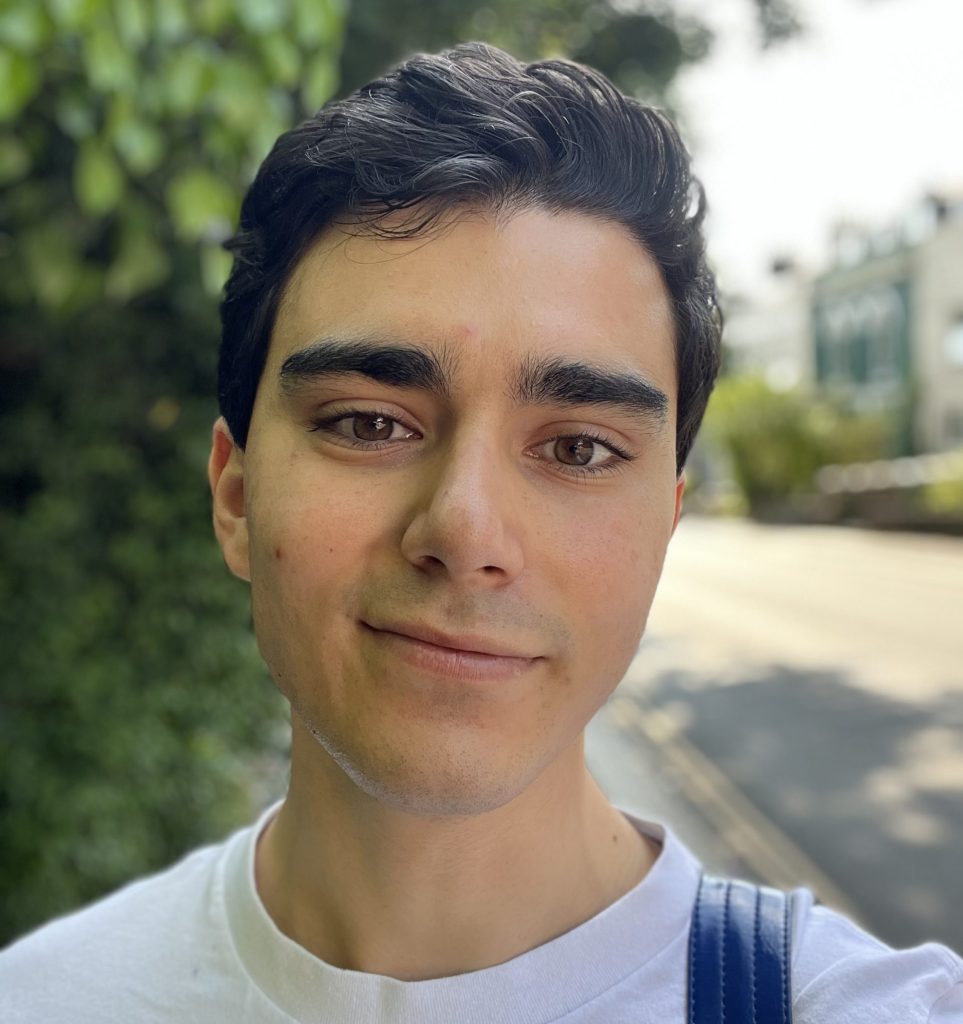Elias Marchetti
Hi, I am Elias and here is a bit about my journey with BDD.
My OCD and BDD issues started in 2015, with the OCD being more obvious at first. Initially, I found it very hard to do simple everyday tasks such as picking things up from the floor or drinking from a friend’s water bottle – fearful that I might somehow become ill in the process. Around 2016 and 2017 is when I started worrying about my appearance, spending a lot of time styling my hair and being very picky with the clothes I wore. As time progressed, I concentrated on the appearance of my face and stopped wearing my glasses, started to wear makeup and would often find it hard to see friends or leave the house unless it was to go to school. The latter would finally also prove too hard, leaving me in my room the whole day without doing anything. At first, I did not know what it was, but after a lot of visits to the psychiatrist, we finally realised that it was BDD.

I spent the last ten months of 2017 at home in my room: without coming out of the house, without seeing friends and even eating alone to not see my parents – because I was too worried and ashamed about my appearance and anxious about what people thought of me. I was scared and disgusted at what I looked like and had no hope that things would ever improve in the future – or that I could ever live a normal life again.
In the beginning of 2018, however, I was luckily admitted to a psych ward and started undergoing treatment for both BDD and OCD. I realised that I was at a point where nothing could get worse than it already was, that the only thing left to do was to get treatment and to try and get better. It was incredibly difficult at first and there were times when I thought that things would never change, but I tried my best to approach every method of therapy with the most open mind possible. I tried both personal and group therapy, but the most impactful step in my recovery was doing exposure therapy. Every day, I dared to do a little more than the day before with regards to showing my face and being less vulnerable about my appearance – this led to me slowly improving. It was still incredibly difficult, with some days where I made no progress and would not even talk to my parents – even after them driving hours to come and visit me – all because of the anger and shame I had towards myself.
However, through perseverance and exposure therapy, I finally recovered enough to be discharged from the hospital after two months. I applied for university and started a foundation year in September 2018, then a bachelor’s degree and now a master’s degree. I am immensely proud of how far I have come and how much I have achieved since I left the psych ward – and have never stopped doing exposures throughout my daily life. I could not be where I am now without exposure therapy, and I want you to know that it does get better: you can overcome OCD and BDD and you can regain control of your life, away from the compulsive thoughts. Never be discouraged by bad days: a small step back can and does happen, but it should not make you feel ashamed of yourself. I’ve had steps back in my journey to get better, but the important thing is to concentrate on all the progress you’ve already made – or the progress you can still make. If exposure therapy works for you, never stop doing it: I am constantly strengthening my ability to overcome compulsive thoughts by pushing my boundaries and doing things which 5 years ago I would have never even imagined.
Hear more from Elias on his episode of our Beating BDD podcast
Elias bravely voiced our animation: Because I’m Ugly: BDD & Me
Take the test
Do I have BDD? Our test, developed by specialists and healthcare professionals, can help you understand whether you might have Body Dysmorphic Disorder.
